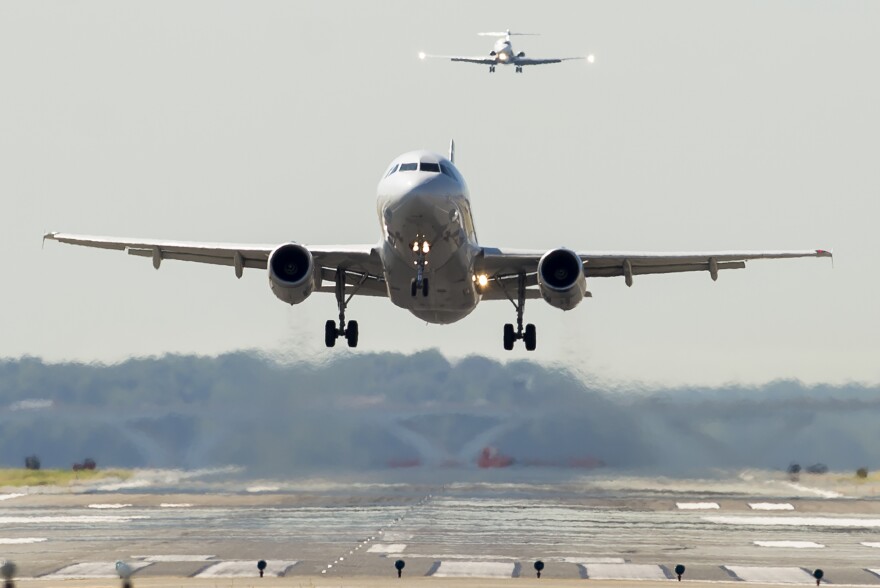Flying from Florida has become an exasperating experience, and aviation officials fear it could get worse as more flights are added this year.
In response, the Federal Aviation Administration plans to immediately hire more staff at the Jacksonville air traffic control center and to evaluate other facilities.
The step was one of many discussed during a two-day meeting this week between the FAA and about a dozen airlines as they try to eliminate flight disruptions that ripple beyond Florida's borders.
Flights resumed more quickly in Florida than others areas during the pandemic, partly because the state's lenient COVID-19 restrictions attracted travelers here. Airlines told the FAA they intend to add even more flights this year, surpassing the number in effect before the pandemic and raising concerns about massive cancellations.
Jacksonville International Airport recorded 38,032 arrivals and departures on air carriers in 2020 — the year the pandemic began — and 54,320 a year later, according to FAA data.
Florida logged a record of nearly 118 million domestic visitors last year, CNBC reported.
In a statement provided to WJCT News, the FAA did not say how many people it would hire at the Jacksonville Air Route Traffic Control Center in Hilliard, in Nassau County. The center is one of 20 domestic enroute air traffic control centers in the U.S., where controllers talk with the pilots in between their departure and destination airports.
The Jacksonville center is responsible for about 160,000 miles of airspace covering parts of Alabama, Georgia, Florida and North and South Carolina, according to the FAA.
The FAA "will continue meeting with all users of the Florida airspace throughout the summer to continually improve the operational efficiency of the system," the agency's statement said.
Besides increased flights, air travel over Florida is complicated by more frequent space launches and severe weather. When flights are delayed or canceled here, it reverberates across the country.
Southwest Airlines, for example, canceled nearly 2,400 flights over three days last October, citing bad weather and air traffic control issues in Florida that cascaded coast to coast.
The FAA said it intends to keep aircraft moving during storms and space launches by using alternate routes and altitudes when possible, and by communicating with airlines more often.


